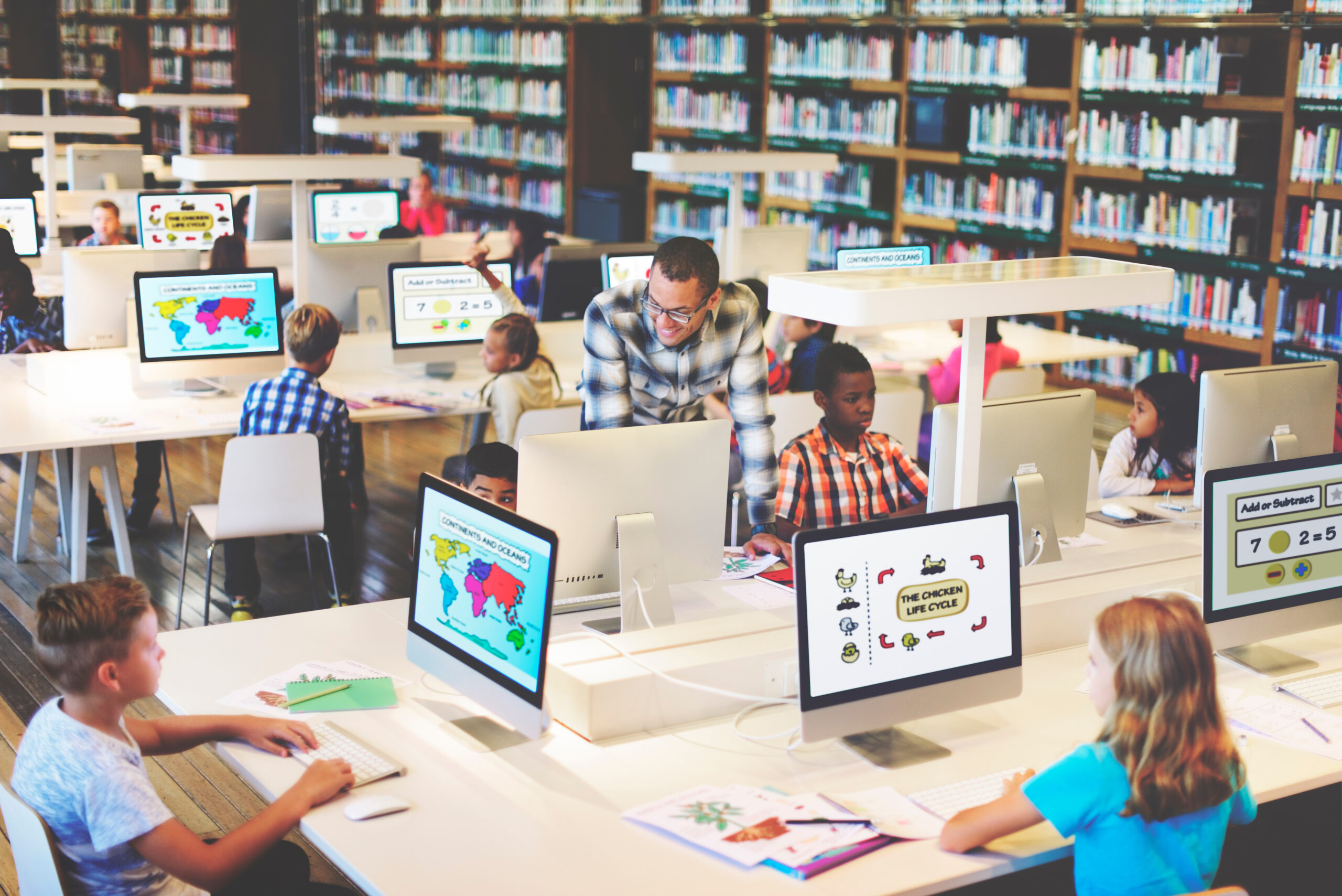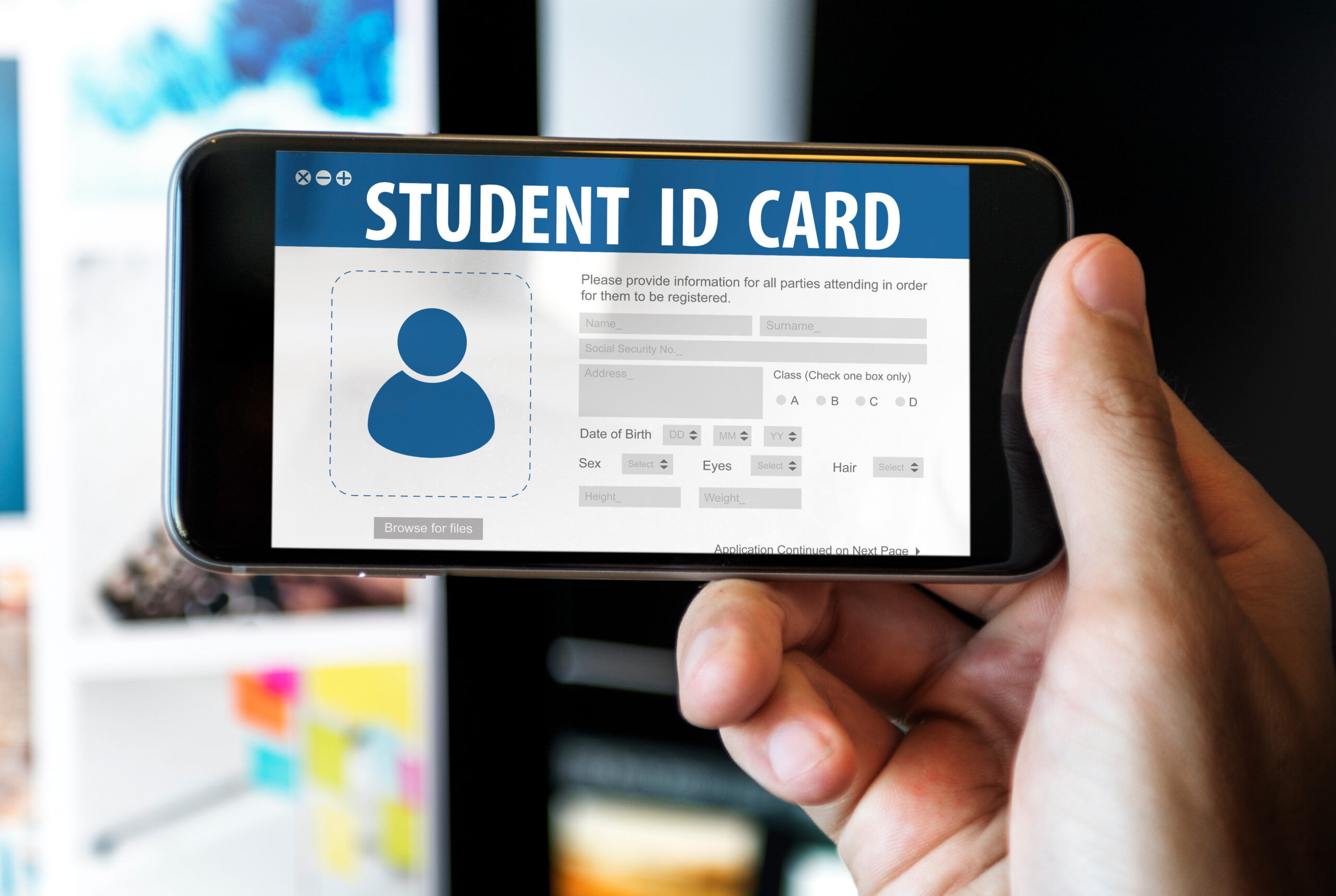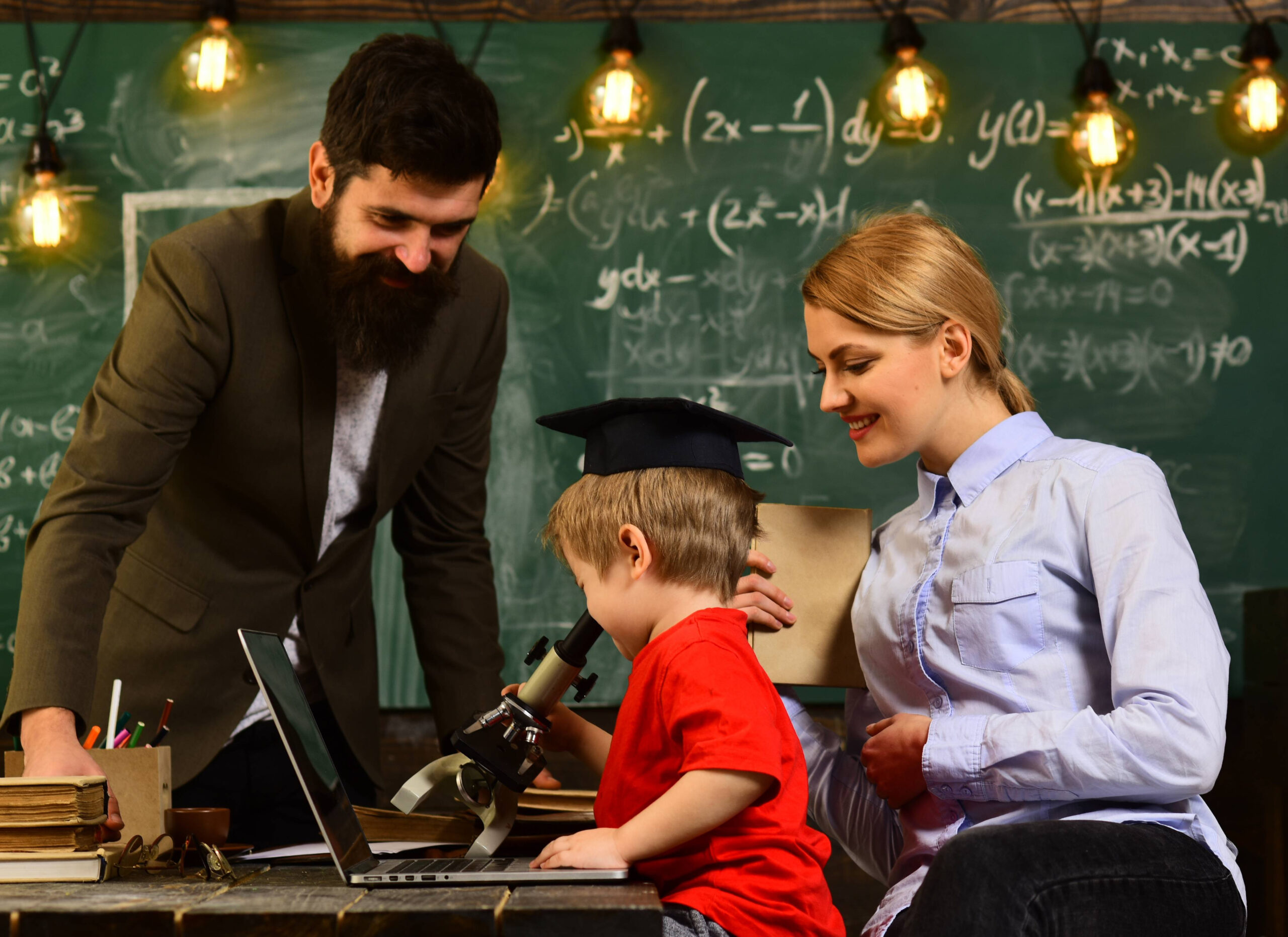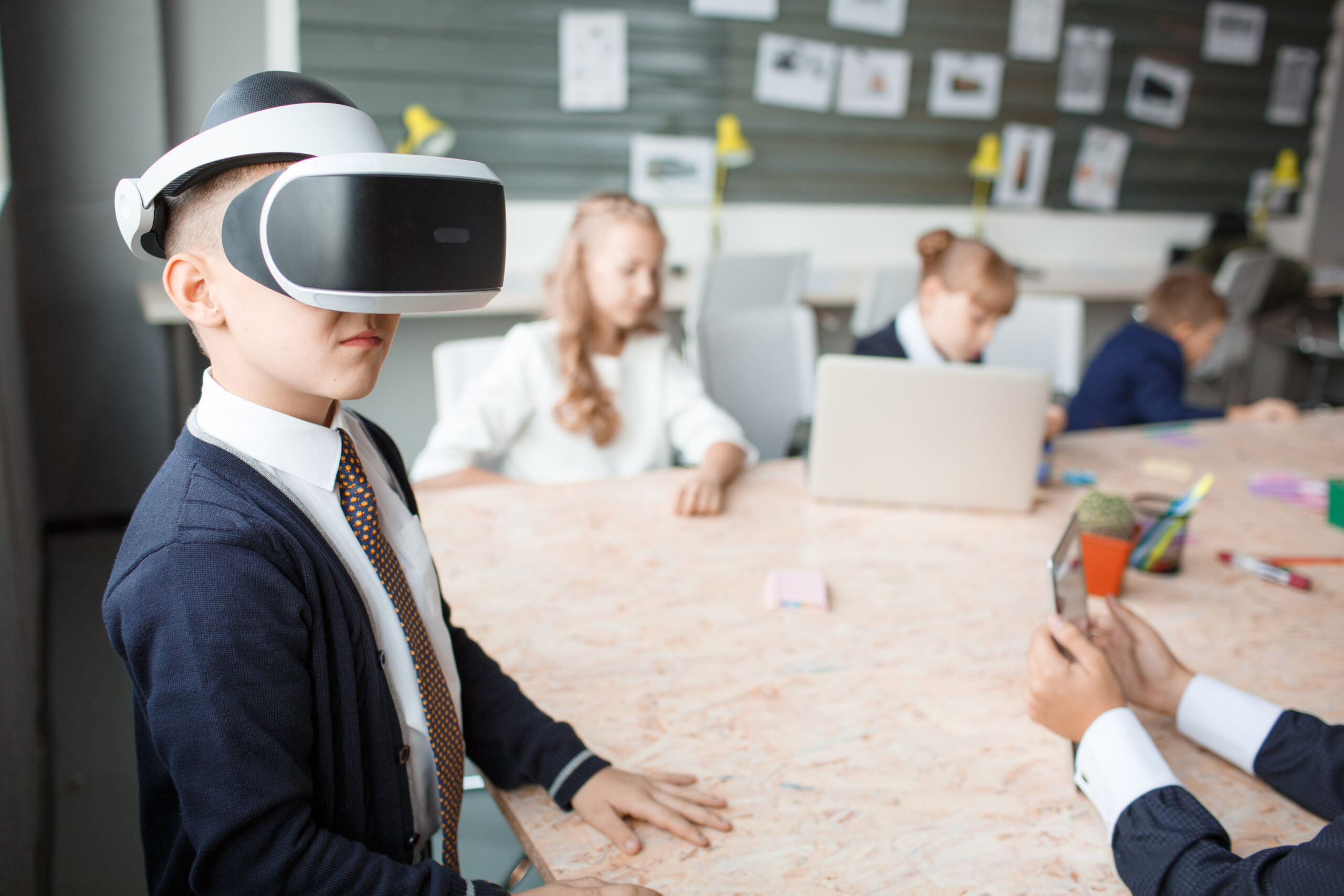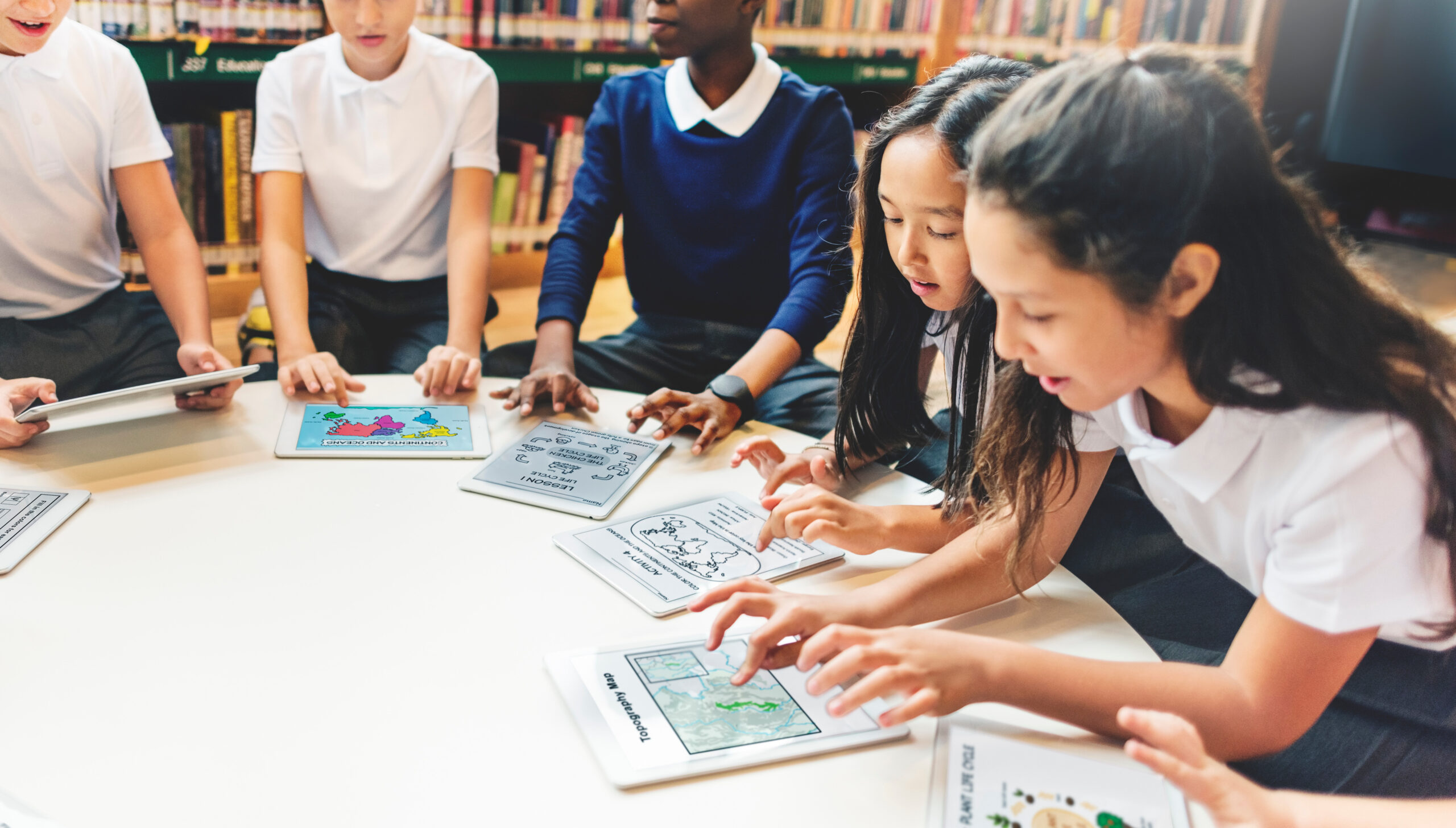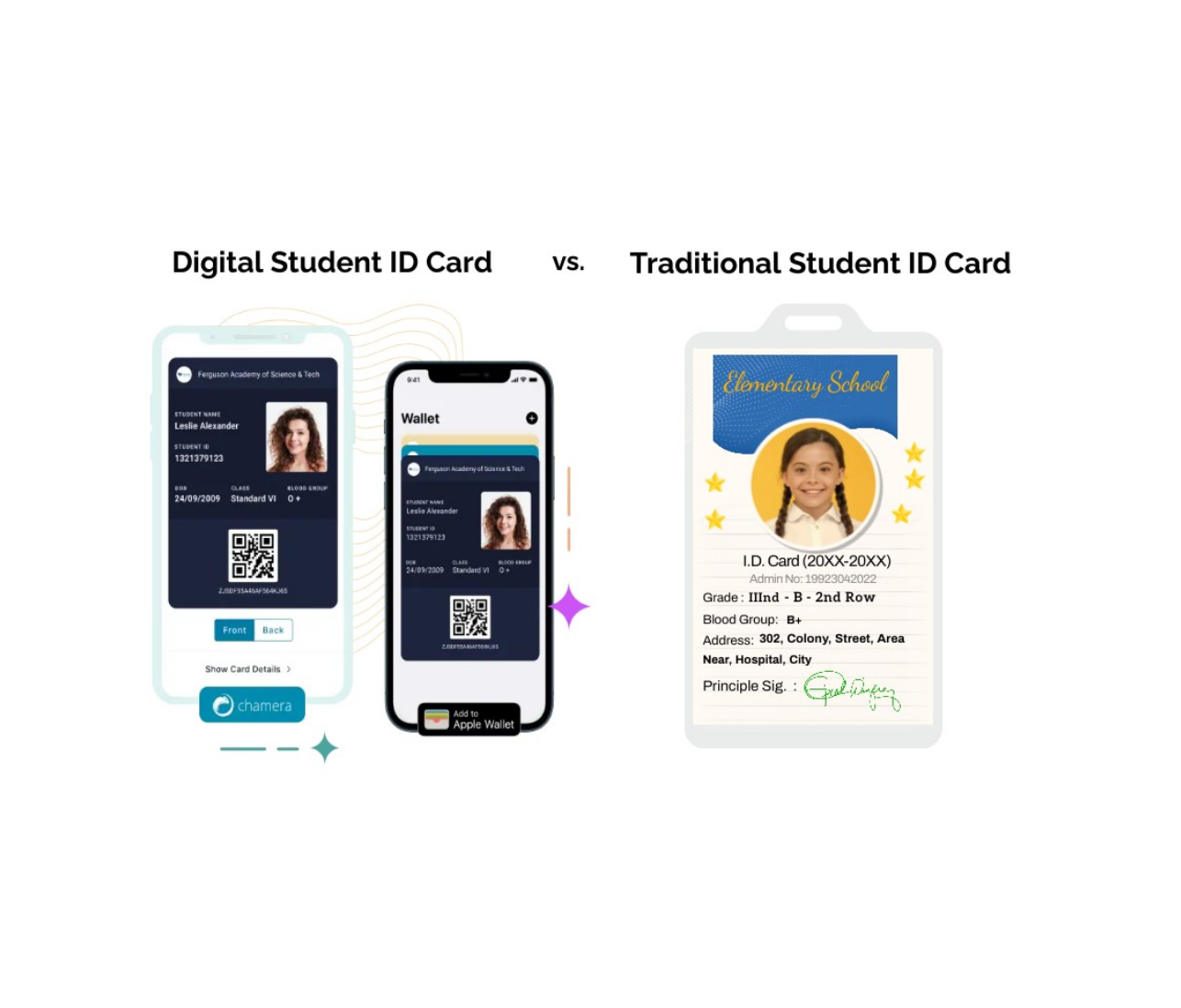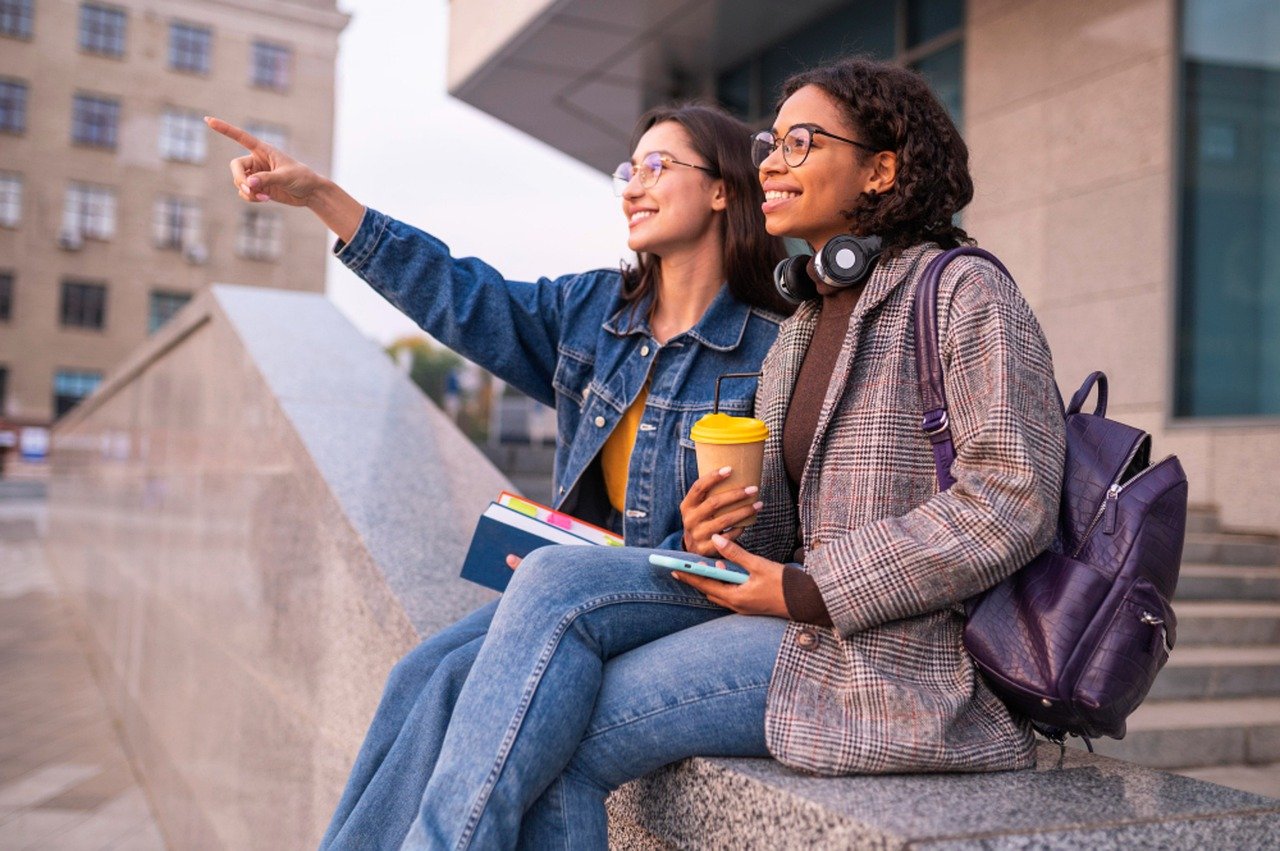Throughout decades, people all over the world have made great efforts to ensure that their citizens receive the most significant education available. The current technology used in classrooms is one of the most important contributions to this never-ending race. Students have an immense edge since they have access to the newest and best technologies. Incorporating technology in the educational system has blessed us with uncountable benefits. But what tech and in which way do they impact our classrooms so intensely? Let’s explore the insights about the tech revolution in educational institutions together.
Leveraging the digital ID card system
The replacement of traditional ID cards with digital ID cards is one of the most noticeable examples of integrating technology into the Education system. Now, students always carry their smartphones, and a digital ID card app remains installed on them. This app works like a one-stop solution: school, college, and university authorities can set their ID card template, and students just need to include their information to create their suitable identity.
This application software is easy to use and gives customisable options. Both academics and students can use this. There is no need to carry any plastic ID, and losing ID is not possible with digital ID cards. With the barcode verification feature, conducting daily school activities like checking in the school premises becomes a one-click-away task. Using digital ID card makers like Chamera, you can even use your digital wallets. All information remains secure here because no third-party access is allowed. Student life become more accessible and more enjoyable with this multitasking technology available in every hand.
Collaboration of teachers and technology
Good teachers can still deliver outstanding teaching and give their students a top-notch education even in the absence of technology. Even with subpar technology, excellent teachers can provide excellent instruction and a top-notch education to their students. On the other hand, when they have access to great technology, students may never learn as much as they could under the guidance of an average teacher. However, students can receive a top-notch education and limitless opportunities when they have access to both state-of-the-art technology and excellent professors in the same classroom.
The greatest teachers are able to carefully integrate newer teaching methods with more traditional approaches while maintaining a balanced use of particular technology in their lectures and classes. Using PowerPoint slide shows to better arrange and manage class time or showing relevant YouTube videos to the class to enhance comprehension of a subject are two examples of this. Videos, such as those showing a cell reproducing during mitosis in a biology lecture or a bridge falling in a civil engineering class, are frequently a far more effective way to teach concepts than the typical text-and-picture approach.
Incorporating VR into the educational system
Virtual reality is a beneficial and innovative technology that academics are using in the classroom. Teachers can conduct field trips from the comfort and security of their classrooms, wherever in the world (and beyond!).
History classes about ancient civilisations that flourished thousands of years ago tend to boring many students, who soon lose interest. In order to combat these issues, teachers can use virtual reality (VR) in their lessons. This allows students to see cities that have been virtually recreated as if they were standing there, thousands of years ago. They can then compare those thriving, bustling cities to their ruins or massive towns that still exist in the same location today. Maintaining students’ interest in a topic or subject that is often less appealing can be accomplished quite quickly and effectively with virtual reality.
Utilising cloud storage and online streaming services
By utilising cloud storage and online streaming services, teachers who fully utilise today’s technology can make a significant difference in the experience of their students who are ill or face other unforeseen situations and cannot attend class. Teachers can upload lectures in their entirety to the internet so that students can see them whenever they choose. This makes it possible for unwell students to pay attention, catch up on missing work much more quickly, and, in certain situations, even participate in class by asking questions during lectures.
Students who are not sick can also benefit from these services because they can review previous lectures to get a deeper understanding. They can also take better notes because they can concentrate more in class and pause lectures to take notes at their own pace. The editing and submission of essays is another common application for these services. Teachers can now edit essays all day long and return them to students more quickly than in the past when students had to wait for and bring another draft of their essay to class each day. The essay writing process is significantly streamlined by this, and teachers may use the time they save by utilising the system to cover more content in less time and deliver students the best learning opportunity.
Future focus classroom
While the kinds of occupations that will exist when many of these students are adults entering the workforce are still unknown, one thing is sure: technology is here to stay. For students to succeed in any industry or career they choose to pursue after school, they will require excellent technological abilities.
A student’s future can be impacted by adopting a mindset that values learning and utilising new technologies. In order to let students, absorb information or look into challenges more thoroughly, teachers can assign activities that help students expand their knowledge. This work can be completed in groups or during centres, giving the teacher more time to engage with individual students or small groups. This kind of technology guarantees that all the students get adequately ready for the future.
Last words
Technology in the classroom has several advantages that cannot be denied. Nowadays, students who have faculty members who use this incredible technology have a significant advantage over those who do not. However, as more educational institutions come to understand the possibilities of comprehensive and user-friendly technology like digital ID card, VR, streamlining, the playing field will soon level. Schools and children will be led towards a safer and more promising future as this technologically advanced education system gains recognition.
